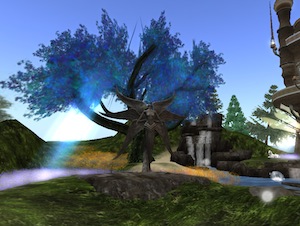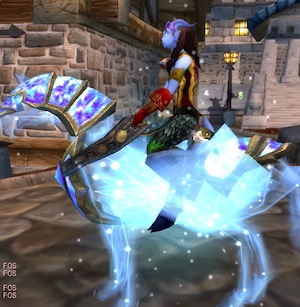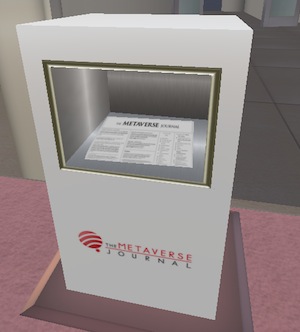 1. Paisley Beebe interviews the University of Western Australia’s Jayjay Zifanwe in her latest episode of Tonight Live. You can watch it here.
1. Paisley Beebe interviews the University of Western Australia’s Jayjay Zifanwe in her latest episode of Tonight Live. You can watch it here.
2. If you have a Nokia Smartphone and want some tasty virtual worlds wallpapers, you might like to check this out.
3. The Second Life economy for the first quarter of 2010 hit an all-time high. In case you missed it, Tateru Nino has her perspective on the announcement.
4. Space-based MMO EVE Online is running a competition to increase it’s female player cohort. Apparently only 5% of players are female currently.
5. Kzero recently updated their virtual worlds by sector reports for the first quarter of 2010 – check out an example here.
6. If you’d like to get some in-depth visuals of Blue Mars, it’s worth browsing their Flickr stream.
7. We’re still keen to reprise our V2 series of profiles on couples or friends who have met in a virtual world. Here’s a previous example – why not throw your hat in the ring?

 1. Los Angeles Times (USA) –
1. Los Angeles Times (USA) – 



Recent Comments